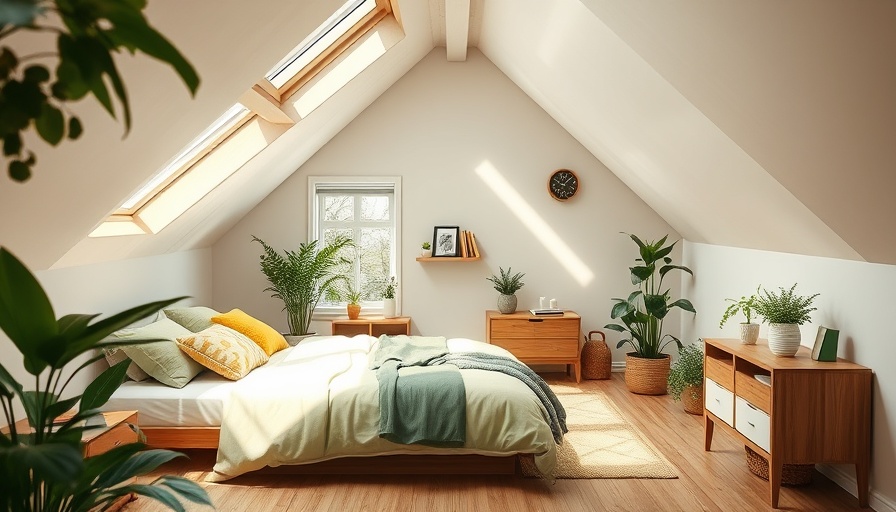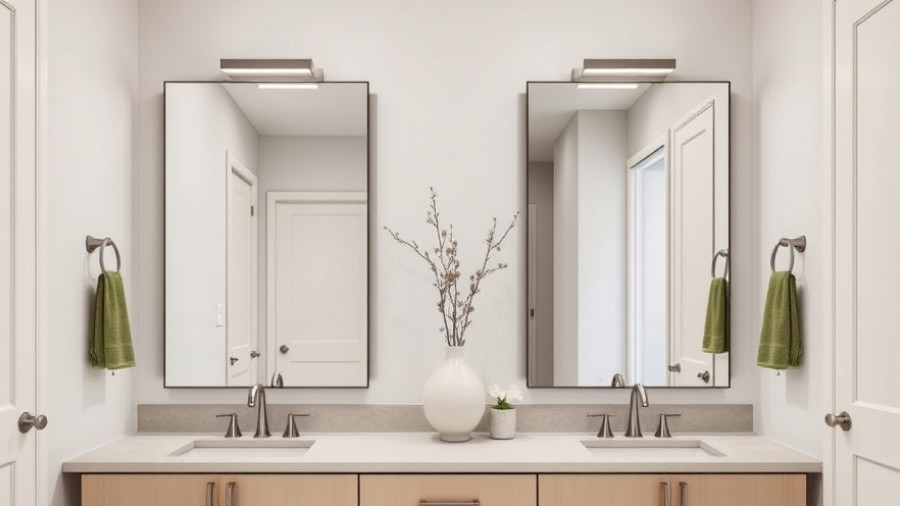
Simple Steps to Sustainable Living
Making your home more sustainable doesn’t have to involve major renovations or significant expenses. Many eco-friendly changes are surprisingly simple and can be implemented easily, regardless of where you are on your journey towards greener living. Small adjustments can yield significant environmental benefits while often improving your wallet too. From energy-efficient appliances and better insulation to water conservation and using natural materials, we’ll provide practical upgrades that contribute positively to the planet.
Energy-Efficient Appliances: Your First Step
One of the most impactful changes you can make is to replace old appliances with energy-efficient models. Energy-efficient appliances, often carrying the ENERGY STAR label, consume significantly less energy and water than their standard counterparts, resulting in substantial long-term savings on utility bills. When replacing appliances, focus on those that use large amounts of energy in a typical household. Refrigerators, dishwashers, and washing machines are among the top candidates for this eco-friendly upgrade.
Modern appliances come equipped with features that automatically adjust settings based on usage and load size, maximizing efficiency and reducing greenhouse gas emissions. By investing in energy-efficient products, homeowners not only lower their environmental footprint but can also enjoy the financial perks of lower bills over time.
Harnessing Solar Energy: A Smart Investment
The rise of solar energy systems has transformed home energy solutions, providing both economic and environmental benefits. Installing solar panels can decrease reliance on traditional grid electricity and ultimately save homeowners thousands in energy costs. Added to that, homes equipped with solar capabilities tend to attract eco-conscious buyers, boosting property value.
Recent advancements in battery storage technologies further facilitate energy capture during the sunny hours, allowing homeowners to use this renewable energy even during the night. Additionally, many governments support solar energy adoption through tax incentives and rebates, making the upfront investment more manageable for homeowners.
Practical Water Conservation Techniques
In regions facing water scarcity, implementing water-saving techniques can be one of the simplest yet most effective ways to contribute to sustainable living. Low-flow toilets, faucets, and showerheads are excellent options that help reduce water consumption without sacrificing performance. Specifically, low-flow toilets consume significantly less water than traditional models, leading to lower household water usage.
Additionally, capturing rainwater through a collection system not only conserves water but also ensures your garden continues to thrive during dry spells. This proactive approach allows homeowners to positively impact their local community’s efforts to manage and protect this critical resource.
Eco-Friendly Insulation for Energy Efficiency
Another critical upgrade to consider is improving your home’s insulation, which plays a vital role in energy efficiency. Proper insulation helps maintain a comfortable indoor climate by preventing heat loss or gain, thereby reducing energy demands for heating and cooling.
Instead of traditional insulation materials, consider eco-friendly options such as cellulose, which is produced from recycled paper and treated with fire retardants. This not only reduces your ecological footprint but also contributes to a healthier home environment.
Concluding Thoughts: Your Path to a Greener Home
Transitioning to a sustainable home doesn’t have to be overwhelming. By starting with manageable improvements—like upgrading appliances, capturing rainwater, and enhancing insulation—homeowners can significantly reduce their environmental impact. Each small change leads to a cumulative effect, creating a more sustainable lifestyle while often saving money in the long run. If you're ready to start making changes, consider the upgrades mentioned above, and commit to a greener future today.
 Add Row
Add Row  Add
Add 




Write A Comment